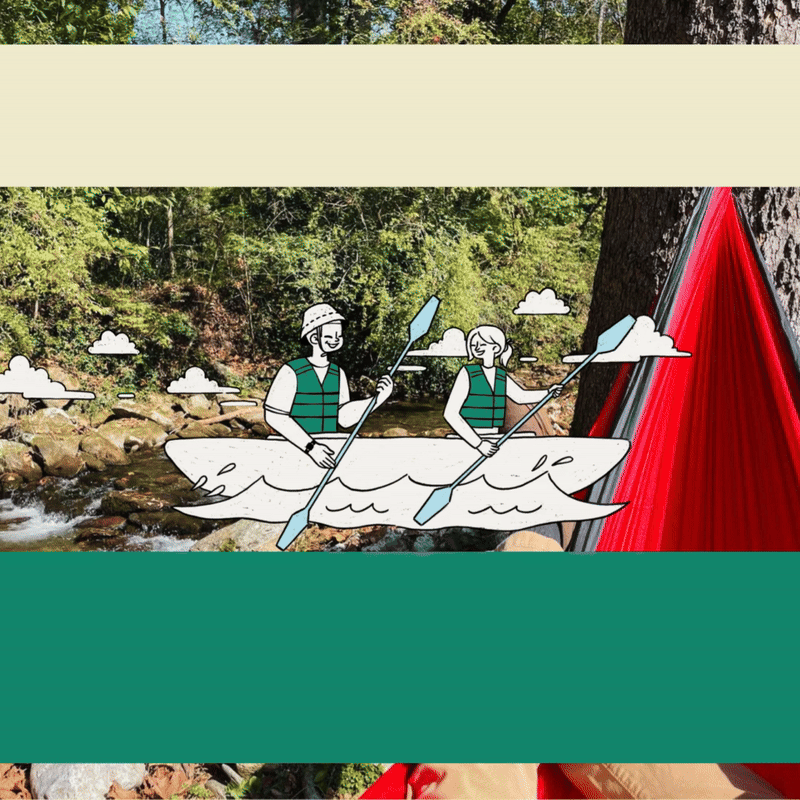Planning your first Nantahala white water rafting adventure? You’re in for an unforgettable ride through one of North Carolina’s most scenic river gorges. But before you grab a paddle and hit the rapids, it’s essential to understand the basics of white water safety—especially if you’re new to rafting.
This guide breaks down everything beginners need to know to stay safe, have fun, and make the most of their time on the Nantahala River.
Why the Nantahala is Great for Beginners
The Nantahala River is famous for being beginner-friendly, thanks to its consistent Class II and easy Class III rapids. These provide just the right amount of excitement without overwhelming first-timers. Additionally, the river has daily dam-controlled water releases, meaning you’ll have predictable water levels and safe rafting conditions throughout the main season.
Top Safety Tips for Nantahala White Water Rafting
1. Always Wear a Life Jacket
Every rafter—regardless of age or experience—must wear a U.S. Coast Guard-approved personal flotation device (PFD) at all times. Make sure your life jacket fits snugly and is properly fastened.
2. Wear a Helmet
Helmets are typically required on the Nantahala, especially for children and for those seated in the front of the raft. Rapids can be unpredictable, and it’s better to protect your head in case of a flip or collision.
3. Go with a Guide (Especially for Your First Time)
First-timers are strongly encouraged to book a guided rafting trip. Professional guides are trained in white water navigation, CPR, and rescue techniques. They’ll steer the raft, give commands, and keep everyone safe.
4. Dress for Cold Water
Even in summer, the Nantahala River stays around 50°F (10°C) due to its dam-release origin. Wear quick-dry clothes, a wetsuit or splash jacket (often provided by outfitters), and closed-toe water shoes.
5. Know What to Do If You Fall Out
Falling out is rare on the Nantahala, but it can happen. If it does:
- Stay calm
- Float on your back with feet downstream
- Keep your head up and avoid standing in fast-moving water
- Let your guide or fellow rafters help pull you back in
6. Listen to the Safety Briefing
Every trip begins with a safety talk covering paddle commands, what to do in an emergency, and river etiquette. Pay close attention—this knowledge is your best defense against potential risks.
Common Beginner Mistakes (and How to Avoid Them)
- Wearing flip-flops or going barefoot: Always wear secure, closed-toe footwear.
- Overpacking: Leave valuables, phones, and unnecessary gear behind.
- Ignoring weather conditions: Rafting runs rain or shine, but check for lightning warnings or extreme cold.
- Not staying hydrated: Bring a water bottle and drink before and after your trip.
Should I Be Worried About the Rapids?
Not at all. The Nantahala River is ideal for beginners, families, and kids ages 7 and up (or 60+ lbs). The rapids are fun, splashy, and manageable—nothing like the intense whitewater you see in extreme sports videos. Most trips are 2 to 3 hours long, with a mix of mild current and exciting waves.
Final Thoughts
With the right preparation and awareness, Nantahala white water rafting is a safe and exhilarating way to enjoy the great outdoors. Whether you’re a solo adventurer, a family with kids, or a first-time group, following these simple safety tips will ensure your experience is full of fun and free of stress.
So suit up, grab a paddle, and get ready for a ride you’ll never forget—safely!
